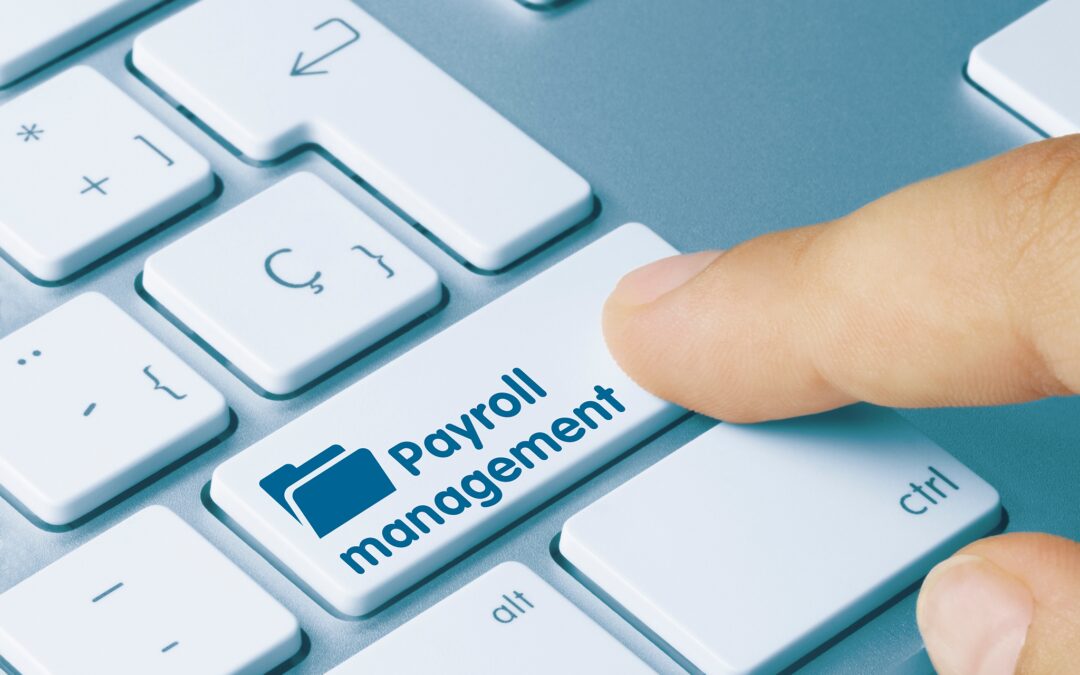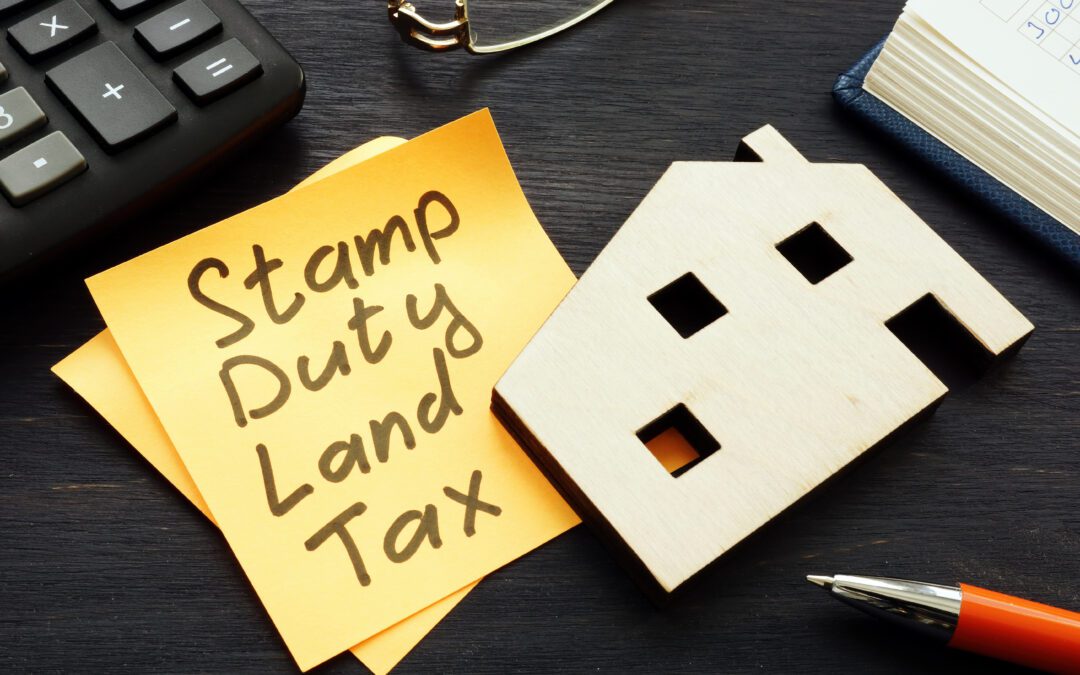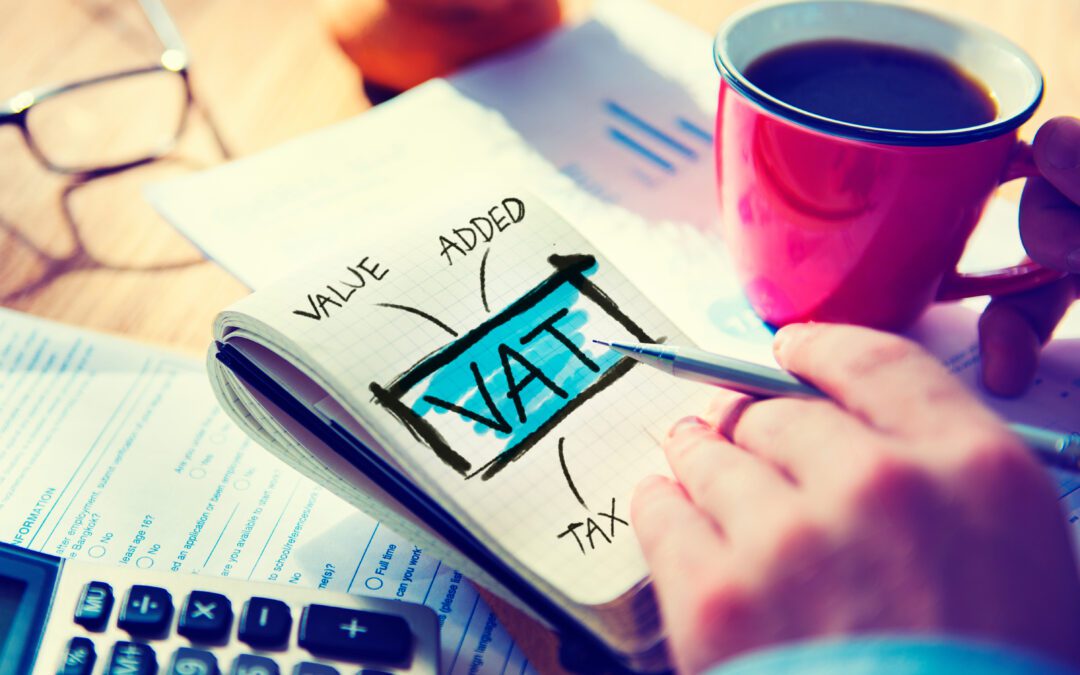A Guide for Businesses Making Both Exempt and Taxable Supplies
What are exempt supplies? And, more to the point, what are its implications on a VAT registered business that makes both taxable and exempt supplies? After all, these businesses are classified as partial exemptions for VAT. So, what do you need to know and how do you make sure you’re getting it right? Let’s take a closer look!
Partial exemptions are a high risk area for VAT errors. This is because many businesses are unaware that by making exempt supplies, input VAT (VAT incurred on purchases and overheads) may not be recoverable in full.
Before we go any further it is important to note that if a business makes only exempt supplies, it is not eligible to charge any VAT on sales. Nor can it claim any VAT on purchases. As such, it cannot be registered for VAT .
First things first: What are exempt supplies?
Exempt supplies are supplies that are not subject to VAT. These are different to zero rated supplies.
In both cases VAT is not added to the selling price of goods/services in these categories. But, zero rated goods or services are counted as taxable for VAT, just at a rate of 0%. Zero rated supplies are considered part of taxable turnover for VAT purposes. Exempt supplies are not.
Some examples of exempt supplies are:
- insurance, finance and credit
- education and training
- fundraising events by charities
- subscriptions to membership organisations
- selling, leasing and letting of land and buildings — although is some cases this exemption can be waived.
The above list is not exhaustive. There are also specific rules for when supplies made for each category above would be classed as exempt. It is not always straightforward working out which rate supplies are classed as.
For example: Sports and physical education are normally classed as exempt supplies subject to various conditions. HOWEVER, if you let facilities for playing any sport (or for taking part in any physical recreation) these supplies are normally standard-rated. BUT, if the rental is for more than 24 hours (or is for a series of 10 or more sessions), subject to conditions, then your supply may be exempt. Confused? This just goes to show one example of how complicated it can be to identify the VAT liability of supplies.
If you are unsure what VAT rate applies to your sales please get in touch, classifying your sales as the wrong VAT rate could have major implications for your business!
Record keeping for partly exempt businesses
As above, a VAT registered business which makes exempt supplies cannot charge VAT on those sales. Consequently, they cannot recover input VAT on purchases and overheads which directly relate to the making of their exempt supplies. If a business makes both taxable and exempt supplies, they can only reclaim the input VAT which relates to the making of taxable supplies…. normally.
There is some good news here in that if the VAT relating to the exempt supplies is below certain limits (called de minimis limits) it may be recoverable. However, in order to decide if any is recoverable and, if so, how much, detailed records need to be kept and calculations are required.
Attribution
Checking if non-directly attributable VAT can be recovered is usually a straightforward initial step. It involves identifying the amount of VAT on overheads and purchases that are used, or are intended to be used, exclusively for the making of taxable supplies and exempt supplies.
Normally there are also costs, such as office running costs, that can’t be directly attributable to the making of either taxable or exempt supplies. Many business will therefore have to allocate their input VAT as one of three categories;
- Directly attributable taxable input tax. This is VAT incurred on taxable purchases that you use in your business when making taxable items. You can recover this amount of VAT in full.
- Directly attributable exempt input tax. This is the VAT incurred on taxable purchases that you intend to use in your business when making exempt supplies. You cannot recover any amount for VAT incurred on taxable purchases that you use on exempt supplies unless they qualify for the de minimis rule (more about this below).
- Residual input tax (or non-attributable tax). This is input tax that is incurred on expenditure that cannot be wholly attributed to the making of taxable or exempt supplies.
For record keeping you could set up different tax codes to assign each cost as one of the categories above.
Apportionment
Once all input VAT is assigned to one of the three categories above, the residual input tax needs to be apportioned. It should be apportioned between taxable and exempt components using a partial exemption method. Most businesses opt to use the standard method for which no prior approval is needed from HMRC. This method of calculation is based on a ratio exempt income to taxable income using the following formula (result expressed as a %):
Taxable income (excluding VAT)
Input to claim = Taxable income (excluding VAT) + exempt income x 100
The resulting percentage (rounded up to nearest whole number in most cases) is then applied to the residual input tax. This determines what part is attributable to taxable supplies.
For some businesses this calculation does not give a reasonable approximation. If this is the case, it is possible to agree in advance a special method with HMRC. However, this must be able to demonstrate giving them a fair and reasonable result.
De Minimis Limits
The standard test states that ‘exempt input tax’ is within the de minimis limit if both the following tests are met:
• the exempt input tax is no more than 50% of all the input tax for the period concerned; and
• on average the exempt input tax is not more than £625 per month, i.e. £1,875 per quarter or £7,500 per year
The de minimis test applies whether the standard method or a special method is used.
Exempt input tax is the input tax directly attributable to exempt supplies plus the input VAT that can’t be claimed as calculated at the apportionment stage
If total exempt input tax is within the de minimis limit, it is recoverable in full. If it is not within these limits it is blocked in full.
How often do we need to do this?
When you prepare your VAT Return you must check if your exempt input tax exceeds the de minimis limit. This is, of course, unless you’re using the ‘annual test’. The annual test gives businesses the option of applying the de minimis test once a year. That’s opposed to 4 or 5 times a year (depending on when a business decides to account for its annual adjustment). It allows a business that was de minimis in its previous partial exemption year to treat itself as de minimis in its current partial exemption year. This means it can provisionally recover input tax relating to exempt supplies in each VAT period. This saves the need for partial exemption calculations.
Who needs to carry out an annual check?
All businesses need to carry out an annual check for input VAT recovered which is the input tax claimed in each tax period is provisional. It’s reviewed at the end of your longer period (which is normally a tax year). This is because each tax period can be affected by factors such as seasonal variations either in the value of supplies made or in the amount of input tax incurred. This is called the annual adjustment.
The adjustment has 2 further purposes, to:
reconsider the use of goods and services over the longer period
re-evaluate exempt input tax under the de minimis rules
Revisiting the attribution
At the end of the longer period, a business must revisit the attribution made during the year. They should determine whether the purchases have been used in the same way as expected when each return was made. Where use (or intended use) in the longer period differs from the use or intended use in the tax period in which the input tax was claimed, the input tax must re-attributed to reflect the use in the longer period.
Having reconsidered the use of purchases as above, a business will need to recalculate the amount of residual input tax it can claim using the figures for the whole of the longer period. The method of calculation should be identical to that used in the earlier tax periods.
Using this figure of residual input tax, a business must then re-apply the de minimis test using figures for the whole longer period to determine whether all can be treated as fully taxable for the whole of the longer period.
Any difference between the amount of recoverable input tax as a result of the longer period calculation and the total amount that has provisionally been claimed on VAT Returns during the longer period is your annual adjustment. And this is what should be declared.
How can we help?
Business that are partially exempt have a lot to consider. Some would say, too much! Yet nonetheless, it is vitally important partial exemptions get the correct treatment. But, as you have witnessed above, it can be a hugely complicated and stressful area to navigate.
The good news is that that’s why we’re here! At Lewis Brownlee, we are experts in partial exemption and all things VAT. So, please don’t let it get the better of you – contact us today and see how we can help!
As always, you can call us on 01243 782 423, or email us from our contact page to see how we can help!
We also update our YouTube Channel regularly with new content, see here: Lewis Brownlee YouTube channel





